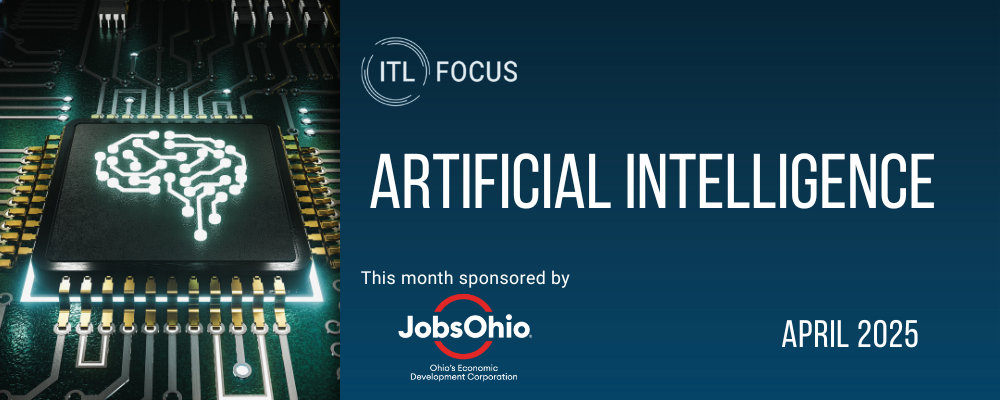As insurance firms broach the use of generative AI (GenAI), some are rightly concerned about risks. The technology represents a tremendous opportunity to make member experience more engaging and efficient, but, in the quest to implement the technology, is trust getting lost?
Currently, the most effective methodology is a GenAI-first approach, which sees policyholders engage with GenAI on the frontline alongside a series of guardrails to limit unwanted behaviors and combat hallucinations. Achieving this optimized balance requires engaging key stakeholders both internally and externally.
More than that, realizing this kind of member experience requires using guardrails to account for any technical limitations, leveraging GenAI’s strength at hyper-personalized interaction and ensuring human agents remain in the service flow. This multi–pronged approach, which places customers and safety at the core, builds more robust engagement with trust at its forefront.
Why Is Trust Essential?
The technology and our understanding of it continue to evolve, requiring more frequent communication with policyholders and employees. Letting them know about how you plan to implement AI tech is essential, especially when tasks like claims processing, underwriting and customer service may be affected.
Take First Notice of Loss. The process depends on policyholder input and steers the lifecycle of a claim. With a virtual agent available to aid that process, which can be an emotional one depending on the circumstances, firms must build users’ comfort with the technology. Poor experiences can, and do, hurt experience.
Members have a wealth of providers to choose from, and going above and beyond to demonstrate an understanding of any concerns is important. Auto insurance, for example, faces a higher degree of consumer shopping, with retention rates down three percentage points since Q1 2022. Similarly, generating buy-in from internal teams and encouraging their understanding of and trust in new technologies will only help them do the same in external communications.
See also: Balancing AI and the Future of Insurance
Setting Up Guardrails
Guardrails are also necessary in unlocking the highest performance of GenAI in the insurance setting. With the potential for models to interact with sensitive data or inform official brand communications, risk can and should be mitigated.
Insurance firms may not be ready to manage the risk of generative technology directly. Generally, 41% of business leaders say their organizations are slightly or not at all prepared to address governance and risk concerns related to generative AI adoption. In those instances, it becomes important to establish an understanding across the company, and with any technical vendors, about how to address risk -- doing so openly, and transparently so all stakeholders can align.
At the technical level, an undesired outcome, like hallucination, can be managed with a multi-pronged strategy targeting where and how a generative model sources knowledge and information. For insurance firms, this may look like strict limitations around communications concerning policy.
The Power of Personalization
GenAI’s technical capability unlocks a wealth of personalization options for firms. It can inform more targeted recommendations at the product level or create more dynamic agent conversations. When competing for attention, it’s critical to think about how the service process will be optimized for more personalized interaction.
Generally reducing barriers to desired outcomes, for example requiring members to routinely provide personal information, can improve satisfaction and provide an overall more seamless experience. In this context, identity verification can be made more efficient with models able to reference previous interactions.
Consumers take notice of personalization, with 67% of them expecting relevant product and service recommendations from brands. For firms, this may look like a virtual agent recommending product bundles based on the context of a conversation. That kind of interaction is made more possible by guardrails to ensure models make suggestions consistent with pricing structures and policies.
See also: The Rise of AI: a Double-Edged Sword
Maintaining the Human Touch
Implementing a GenAI-first approach doesn’t mean members will engage with GenAI exclusively. Whether implemented as a virtual agent or embedded into another internal process, GenAI is a powerful tool that can be managed with human input. Additionally, depending on the kind of query or action, members may prefer engaging with a GenAI model over a human one, or vice versa.
Onboarding this new technology also creates opportunities for existing staff to focus on more pressing queries. With experience in both routine and escalated queries, agent input is also key to model training. Just as a hybrid approach leans on both conversational and generative AI, the larger contact center strategy can prioritize both human and virtual input in the applications where they’re strongest.
Member interactions can be made more meaningful and convenient when their first encounter is with generative AI. Customer service, account management and other core processes can be optimized when firms prioritize transparency, personalization and risk management. The GenAI-first approach to member service isn’t wholly a new concept, either. It’s an evolution based on tested experience, and a hybrid approach blending existing best practices with innovative technology and guardrails.






